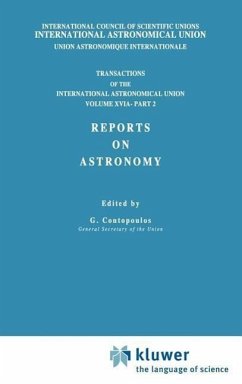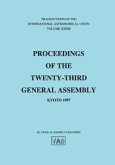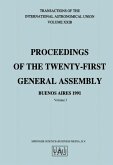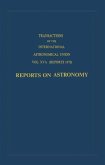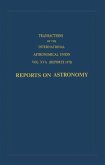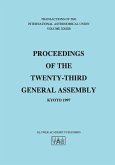The key problem facing new energy conversion and storage technologies remains device efficiency. Designs based on nanostructured materials can yield improved performance in devices employing electrochemical reactions and heterogeneous catalysis, such as fuel and solar cells, batteries, etc. Nanoscale structures dramatically alter the surface reaction rates and electrical transport throughout the material, causing a dramatic improvement in energy storage, conversion, and generation. The goal of this work is to present fundamental and other relevant properties of nanostructured materials that can be the basis of improved performance in a wide range of alternative energy devices. These materials and devices promise not only the development of a wide range of new technologies, but also the potential for a more sustainable energy future. To achieve this objective, Handbook of Nanostructured Materials for Alternative Energy Devices is divided into two parts. Fundamental concepts of nanostructured materials such as nanocrystals synthesis and properties, thermodynamics and defect chemistry, and interfacial and physical electrochemistry are presented. In the second part, the impact and application of nanoscale materials in specific alternative energy devices, such as solar cells, Lithium ion batteries, and fuel cells are presented. This handbook is an authoritative and essential reference from world-renowned research groups for scientists and engineers in the fields of materials science and electrochemistry.
Bitte wählen Sie Ihr Anliegen aus.
Rechnungen
Retourenschein anfordern
Bestellstatus
Storno

